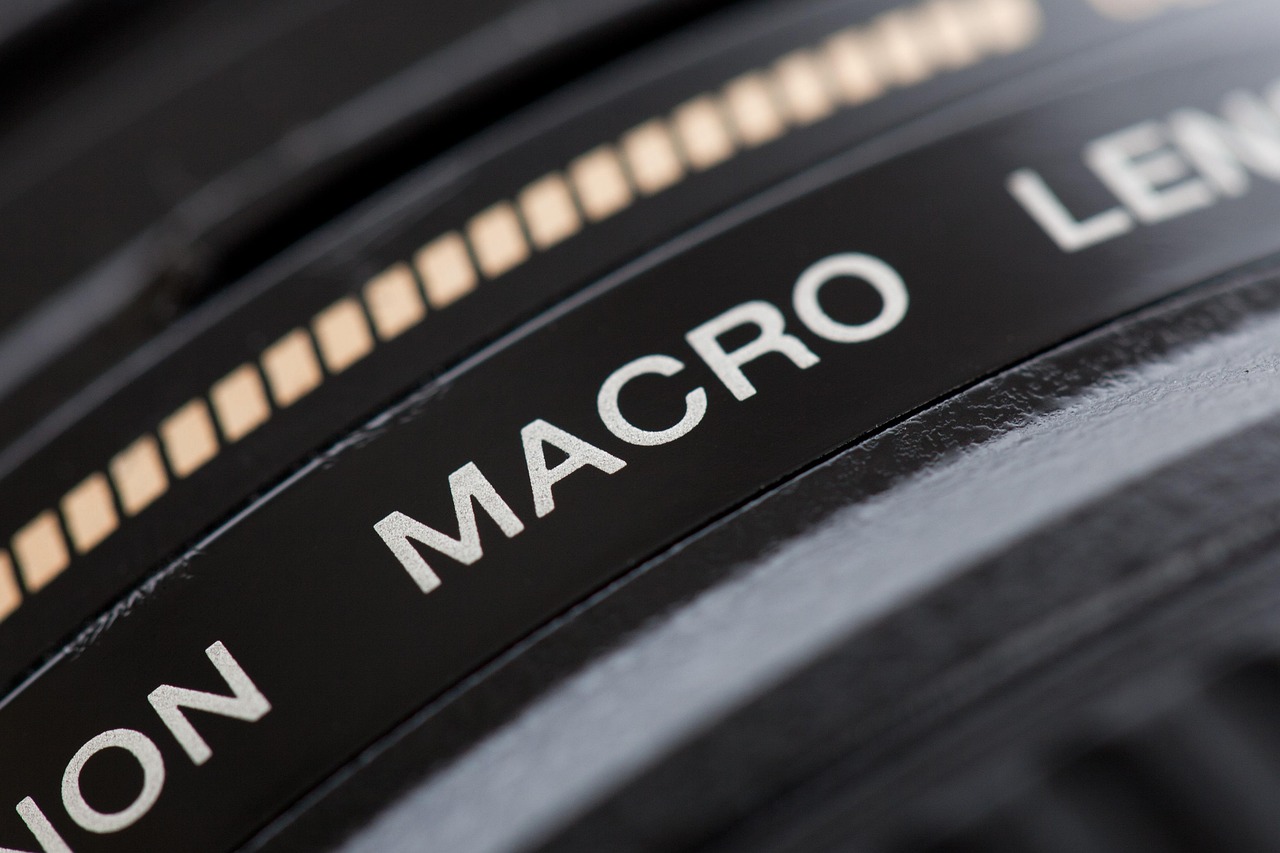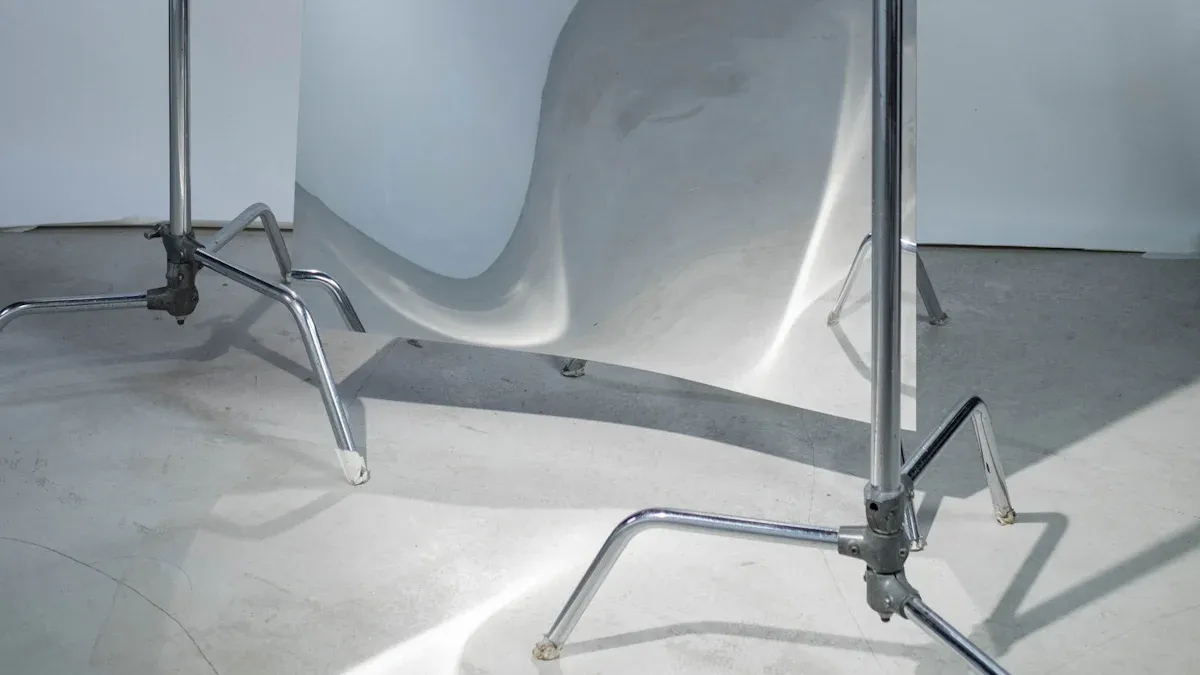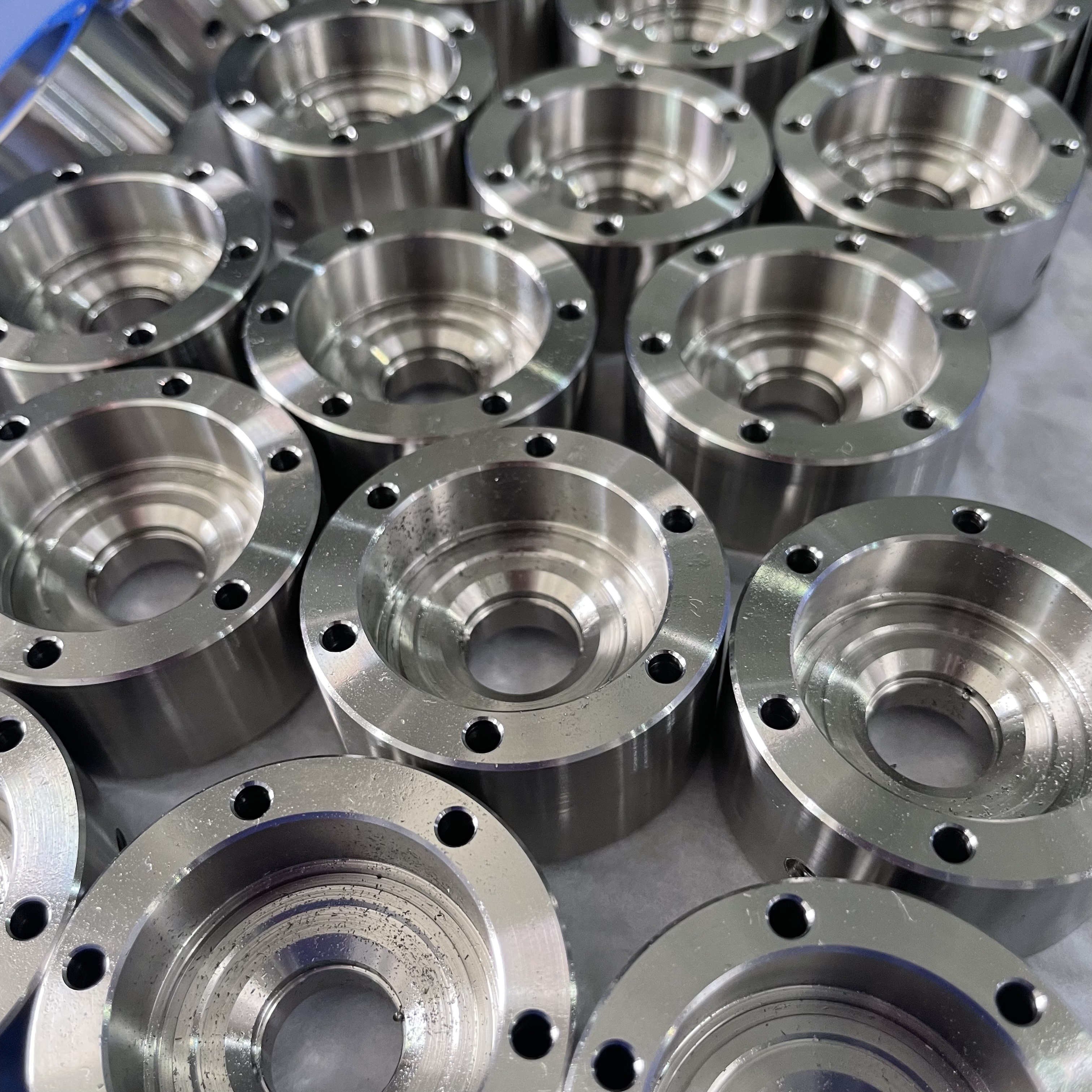How CNC Machining is Used in the Manufacture of Optical and Photonic Devices

CNC machining plays a pivotal role in crafting optical and photonic devices with unmatched precision. Industries like telecommunications and aerospace rely on it for producing intricate components, such as lens molds and micro-optics. The optical communication sector, valued at $18.7 billion in 2020, thrives on CNC machining’s ability to deliver accuracy and consistency.
Key Takeaways
CNC machining provides extreme accuracy, with tolerances as small as micrometers. This is important for making high-quality optical parts.
It keeps parts consistent in large production, making thousands of identical pieces with little difference.
CNC machining works with many materials, like metals, plastics, and glass. This makes it useful for many purposes.
CNC Machining in Optical Processing

Role of CNC Machining in Optical Manufacturing
CNC machining plays a critical role in the manufacturing of optical components by delivering unmatched precision and versatility. You can rely on this technology to achieve micron-level accuracy, which is essential for maintaining the performance of optical systems. Here are some of the key roles CNC machining fulfills in optical manufacturing:
It ensures precision and accuracy, which are vital for optical communication systems to maintain signal integrity.
It enables the creation of complex geometries, allowing innovative designs for lenses, mirrors, and prisms.
It guarantees reproducibility, ensuring consistent quality in mass production.
CNC machining also supports the production of specialized components like thermal imaging parts, microscope objectives, and endoscope lenses. These applications demand high precision to meet strict optical standards and ensure functionality.
Importance of Precision in Optical Components
Precision is the cornerstone of optical processing. CNC machining allows you to achieve tolerances of just a few micrometers, ensuring that each component meets exact specifications. This level of accuracy is crucial for optical components like lenses and mirrors, where even minor deviations can compromise performance. CNC machines excel at creating intricate shapes and fine details that traditional methods cannot replicate. By using this technology, you can produce optical components that meet the highest standards of quality and reliability.
Materials Used in Optical Processing
CNC machining supports a wide range of materials used in optical processing. Each material offers unique properties suited to specific applications:
Optical glass: Ideal for lenses and prisms due to its excellent light transmission and minimal dispersion.
Crystals: Perfect for UV and infrared applications, thanks to their low refractive index and high damage threshold.
Polymers: Lightweight and flexible, commonly used in consumer electronics.
Metals: Often used as coatings to enhance reflectivity and protect optical components.
Advanced CNC machines, such as 5-axis systems and ultra-precision lathes, handle these materials with ease. They create complex geometries, achieve sub-micron accuracy, and deliver superior surface finishes, ensuring the highest quality in optical manufacturing.
Applications of CNC Machining in Optical and Photonic Devices
Fabrication of Optical Lenses and Mirrors
CNC machining plays a vital role in the fabrication of optical lenses and mirrors, ensuring the precision required for high-performance optical systems. You can rely on CNC grinding to shape lenses, mirrors, and prisms during the initial stages of optical processing. Polishing then refines these components, achieving the desired surface finish and shape accuracy.
For example, CNC machining enables the production of lenses and mirrors used in telescopes, microscopes, and other optical instruments. It also supports the creation of lens housings, mirror housings, and optical adjustment mechanisms. Manufacturers often start by cutting slabs of optical glass into round blanks using CNC milling machines. These blanks are then processed further to achieve the final lens shape, ensuring optimal performance in various applications.
Production of Laser and Photonic Components
CNC machining is indispensable in the production of laser and photonic components. You can depend on this technology to create high-quality prisms, lenses, and mirrors that direct and focus laser beams. These components must meet strict optical specifications, with minimal surface defects to prevent scattering and loss of laser intensity.
The precision of CNC machining ensures tight tolerances and complex geometries, which are essential for optical instruments. This capability makes it possible to produce intricate parts that enhance the performance of laser systems and photonic devices.
Manufacturing of Fiber Optic Housings and Connectors
Fiber optic housings and connectors require exceptional precision and quality, which CNC machining delivers. You can achieve intricate designs and precise dimensional tolerances that are critical for consistent production. CNC machining also ensures that the surface finish meets strict optical standards, enhancing the performance of these components.
Material selection is another crucial aspect of manufacturing fiber optic housings. CNC machining allows you to work with materials that offer the necessary optical and mechanical properties. Frequent inspections during the process help detect defects, ensuring the final product meets the highest quality standards.
Benefits of CNC Machining for Optical and Photonic Devices
Achieving High Precision and Accuracy
CNC machining excels in precision manufacturing, making it indispensable for optical processing. You can achieve tolerances as fine as a few micrometers, which is critical for optical components like lenses and mirrors. This level of precision ensures that parts fit perfectly, reducing the need for adjustments and enhancing the performance of optical devices.
Tip: CNC machines operate continuously with minimal human intervention. This reduces errors and ensures consistent quality across all components.
The technology also supports ultra-precision polishing, which is essential for achieving smooth surfaces required in optical coating and laser processing. By using CNC machining, you can produce components that meet the highest standards of quality and reliability.
Consistency in Mass Production
CNC machining ensures consistency in the mass production of optical and photonic devices. You can rely on this technology to produce hundreds or even thousands of identical parts with minimal variability. Unlike handmade processes, CNC machining eliminates inconsistencies, ensuring that each component meets exact specifications.
The continuous operation of CNC machines speeds up production while maintaining precision. This capability is particularly valuable in optical manufacturing, where high volumes of components like fiber optic housings and laser mirrors are required. By automating the process, you can achieve both efficiency and uniformity in production.
Versatility in Material Compatibility
CNC machining offers unmatched versatility in material compatibility, making it ideal for optical processing. You can work with a wide range of materials, including metals, plastics, and optical glass. This flexibility allows you to select the most suitable material for specific applications, whether it’s for lenses, laser components, or optical coating systems.
Switching between designs and materials is seamless with CNC machining, eliminating the need for extensive re-machining. This adaptability not only enhances cost-effectiveness but also supports the production of complex and customized optical components. The ability to handle intricate details and complex shapes ensures that your components meet the demands of modern optical systems.
Examples of Devices Manufactured Using CNC Machining

Optical Lenses for Cameras and Telescopes
CNC machining plays a vital role in producing optical lenses for cameras and telescopes. You can rely on this technology to achieve the high precision required for these devices. The process begins with CNC grinding, which shapes the lenses and mirrors to their rough form. Polishing follows, refining the surface to meet strict optical standards. For advanced applications, diamond turning creates aspheric surfaces, especially for metal optics.
This precision manufacturing method ensures that camera lenses and telescope mirrors meet exact specifications. CNC machining also supports the integration of advanced materials like optical glass and plastics, which enhance the performance of these components. Whether for professional photography or astronomical observation, the quality and accuracy of CNC-machined lenses are unmatched.
Laser Diodes and Optical Sensors
Laser devices and optical sensors demand exceptional precision, which CNC machining delivers. You can depend on this technology to create intricate components like prisms, lenses, and mirrors that direct and focus laser beams. These parts must meet stringent optical processing standards to ensure minimal surface defects and optimal performance.
CNC machining enables the production of complex geometries required for laser diodes and sensors. This capability ensures that the devices function reliably in applications like medical imaging, industrial cutting, and scientific research. By maintaining tight tolerances, CNC machining guarantees the quality and durability of these critical components.
Fiber Optic Components for Telecommunications
Fiber optics are essential for modern telecommunications, and CNC machining ensures their precise manufacturing. You can achieve micron-level accuracy, which is crucial for maintaining signal integrity in optical communication systems. CNC machines excel at creating intricate shapes, allowing for innovative designs in optical couplers and modulators.
The reproducibility of CNC machining ensures consistent production of high-quality fiber optic components. Automated processes reduce production time and minimize errors, giving you a competitive edge in the market. This technology also supports material versatility, enabling the use of metals, plastics, and glass to optimize performance and cost. Whether for housings, connectors, or other components, CNC machining delivers the precision and efficiency required for fiber optics.
Challenges and Future Trends in CNC Machining
Overcoming Challenges in Ultra-High Precision
Achieving extreme precision in optical processing presents several challenges. The hardness and brittleness of materials, such as optical glass and crystals, can complicate machining and affect the quality of the final product. Temperature and humidity fluctuations during processing may also lead to inconsistencies, impacting the accuracy of optical components.
Manufacturing free-form optical components requires advanced machinery capable of handling intricate geometries. Cost pressures further complicate the process, as you must balance high-quality production with competitive pricing. Rapid technological advancements and shifting market demands add another layer of complexity, requiring you to adapt quickly to stay ahead.
Note: To overcome these challenges, you can invest in ultra-precision polishing and advanced CNC systems that maintain tight tolerances and deliver consistent results.
Integration of CNC with Emerging Technologies
CNC machining continues to evolve by integrating with emerging technologies, enhancing its role in optical manufacturing. Techniques like 5-axis CNC machining and ultra-precision lathes enable you to meet stringent optical standards. These methods are indispensable for creating high-quality optical lenses and laser components.
Automation and robotics are transforming the field, improving production efficiency and reducing errors. CNC glass machining, for instance, minimizes material waste while achieving unparalleled precision. The rise of real-time monitoring systems allows you to adjust processing parameters dynamically, ensuring consistent quality in optical coating and laser processing applications.
Future Innovations in Optical Processing
The future of CNC machining in optical processing looks promising, with innovations poised to address current challenges. Artificial intelligence and machine learning will revolutionize the field by optimizing machining parameters and predicting tool wear. Online measurement systems will provide real-time feedback, ensuring accuracy and reducing defects.
Advanced software tools, including CAD and CAM systems, will enhance design capabilities, allowing you to create complex 3D models with ease. Techniques like chemical mechanical polishing and laser processing will further improve the quality of optical components. These advancements will enable you to produce high-precision parts with minimal waste, meeting the growing demands of the optical industry.
CNC machining remains vital for manufacturing optical and photonic devices, ensuring functionality and reliability in critical industries.
You benefit from its ability to produce components with high tolerances, even for extreme aerospace conditions.
It enables rapid prototyping and consistent mass production, reducing variability.
Industries like optical communication and aerospace rely on CNC machining for intricate parts like lens holders and sensor housings.
As technology advances, CNC machining will continue driving innovation, meeting the growing demands of modern optical systems.
FAQ
What makes CNC machining ideal for optical and photonic device manufacturing?
CNC machining ensures high precision, consistency, and material versatility. These qualities make it perfect for producing intricate optical components like lenses, mirrors, and fiber optic housings.
Can CNC machines handle fragile materials like optical glass?
Yes, CNC machines can process fragile materials with ultra-precision tools. Advanced systems minimize stress and ensure smooth finishes, meeting strict optical standards.
How does CNC machining improve mass production in optical manufacturing?
CNC machining automates production, reducing variability and increasing efficiency. You can produce thousands of identical components with consistent quality, saving time and resources.
See Also
Grasping CNC Machining Techniques for Flashlight Parts
Exploring CNC Technology: Innovations and Uses in Manufacturing
Streamlined CNC Machining Solutions for Accurate Manufacturing
The Impact of CNC Machining on Precision Manufacturing Excellence
Investigating CNC Machining Options for Precision Production
About US
Follow Us
Your prototype holds unparalleled significance, and we deeply value its uniqueness. Collaborating with you during the preparation phase for running your prototype or parts is a commitment we gladly embrace. Whether it's a single part or a complex assembly, we are dedicated to selecting the optimal tools and pathways to bring your envisioned product to life.
At Precision Fab CNC Machining, we specialize in producing parts for prototypes, short runs, and high-volume production. Our prototyping machine capabilities extend across metal, plastic, and wood machining, with welding fabrication services available to complement and finalize your prototype if required.
Address
Address: Room320 10F, Building A,Nanshan international building, Dayawan District, Huizhou, Guangdong, 516001 China
Contacts
billy@timaycnc.com

